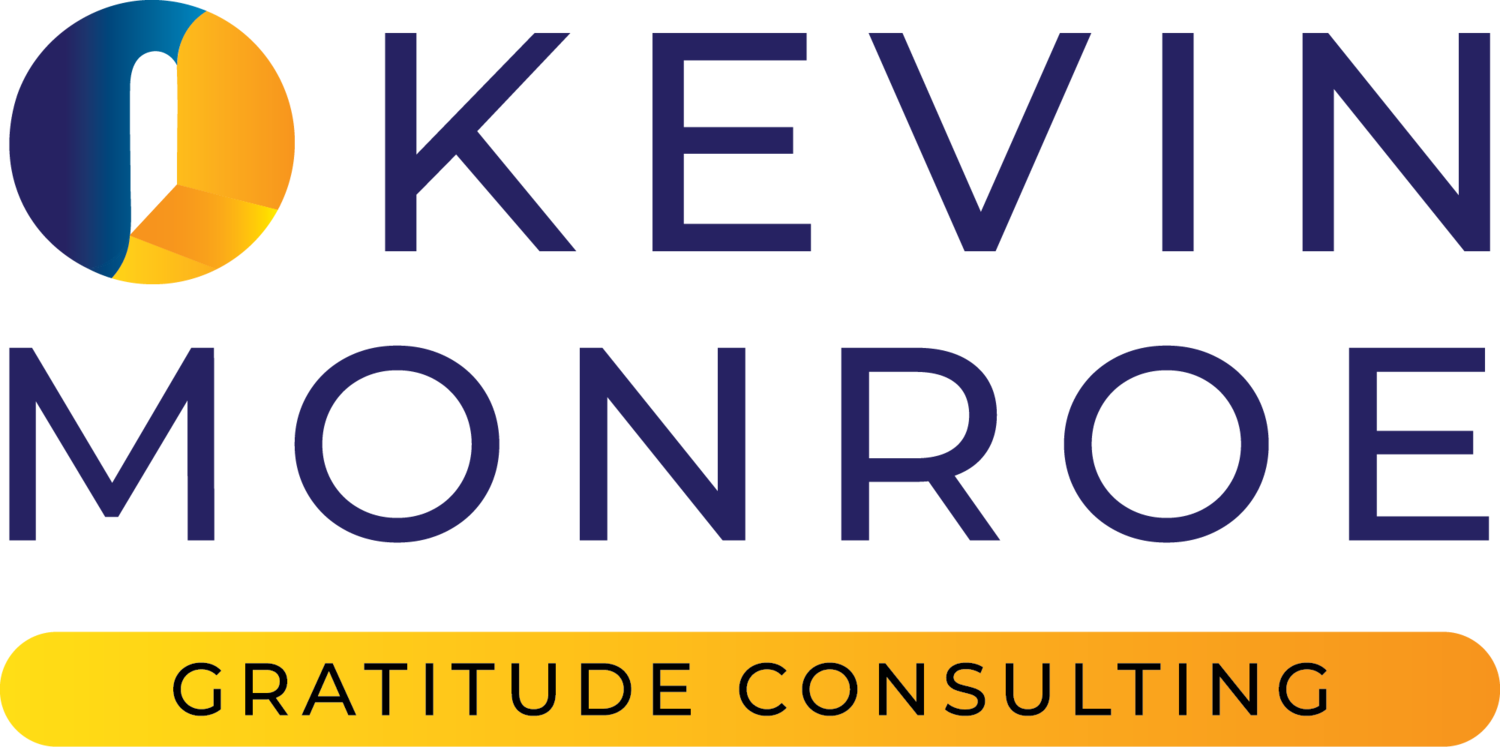Gratitude Experienced is Better Than Gratitude Explained!
Last week, we talked about hope growing in the fertile soil of gratitude. If you missed it, you can read it here.
Let's dig in a little deeper and get our hands dirty as we talk about cultivation - because gratitude, like any living thing, grows best through experience rather than explanation.
Think about the last time someone told you to "be grateful." How did that make you feel? Now compare that to a moment when you naturally felt a wave of appreciation wash over you. The difference is striking, isn't it?
Here's the thing: you can't lecture people into gratitude any more than you can lecture a seed into becoming a flower.
What you can do is create the conditions where gratitude naturally emerges and thrives.
I see this play out in organizations all the time. Companies that simply add "gratitude" to their value statements or mandate appreciation exercises often find their efforts falling flat. But those who focus on creating authentic opportunities for people to experience and express gratitude? They're the ones who see real transformation.
Gratitude IN Action
During a leadership team meeting, instead of starting with the usual status updates, the CEO began by sharing a specific moment from the previous week when a team member's work made a significant difference.
The share wasn't planned or scripted - just a genuine expression of appreciation.
The energy in the room shifted instantly. Others began sharing their own stories of gratitude, and suddenly, what could have been another routine meeting became a moment of real connection and recognition.
That's gratitude experienced, not explained.
The beauty of this approach is that it's both simple and profound. You don't need elaborate programs or complicated frameworks.
What you need are intentional moments that allow gratitude to emerge naturally:
Start meetings by sharing wins and appreciations.
Create space for team members to recognize each other's contributions.
Celebrate small victories as well as big achievements.
Make appreciation visible and tangible in your daily operations.
But here's the key: these aren't items to check off a list. They're opportunities to cultivate experiences that people can feel in their bones.
Creating Experiences On Your Team
So, how can you begin creating these gratitude experiences in your organization?
Here are some practical ways to start:
Create "Appreciation Moments" Instead of rushing into agenda items, open your next team meeting with this simple question: "What's something someone in this room did that made your work better this week?" Then wait. The first few seconds of silence will be worth the authentic sharing that follows.
Make it Visual and Tangible Start a "Gratitude Wall" where team members can post notes of appreciation. The key isn't the wall itself - it's the moment someone takes to reflect and write, and the feeling another gets when they discover a note about them.
Build Natural Triggers Connect gratitude to existing routines. End your one-on-ones by sharing one thing you appreciate about the other person's contribution. Send a quick voice message or text when you notice something worthy of recognition, right in the moment.
Let it Grow Organically Remember, you're not implementing a program - you're planting seeds. Some will take root quickly, others might need time. The goal is to create conditions where gratitude flourishes naturally.
Invitations To Action
The most powerful way to understand the difference between gratitude explained and gratitude experienced is to experience it yourself. That's why I'm excited to invite you to join us for "Gratitude Encounter 2025: A New Beginning."
We're offering three sessions where you can explore, express, and experience gratitude firsthand. This isn't about me lecturing you about gratitude - it's about creating a space where you can discover its power for yourself. Join us on January 3, 7, or 9 RSVP here.
Here's the truth: you can read about gratitude all day long (even in newsletters like this one), but nothing compares to the moment you actually experience it. It's like the difference between studying a map and taking the journey yourself.
As you step into 2025, I encourage you to move beyond explaining gratitude to creating opportunities for people to experience it. Start small, keep it authentic, and watch how it naturally grows and spreads.
Want to experience this difference for yourself? Join us for one of our Gratitude Encounter 2025: A New Beginning sessions on January 3, 7, or 9.
Or, if you'd like to explore how to create these experiences within your organization, let's talk about hosting a private Gratitude Encounter for your team. Learn more here.
Remember: Gratitude experienced is always better than gratitude explained. The only question is, when will you start creating these experiences?
Here's to growing gratitude together in 2025! May it be the fertile soil in which hope grows in your life, team, and company!


